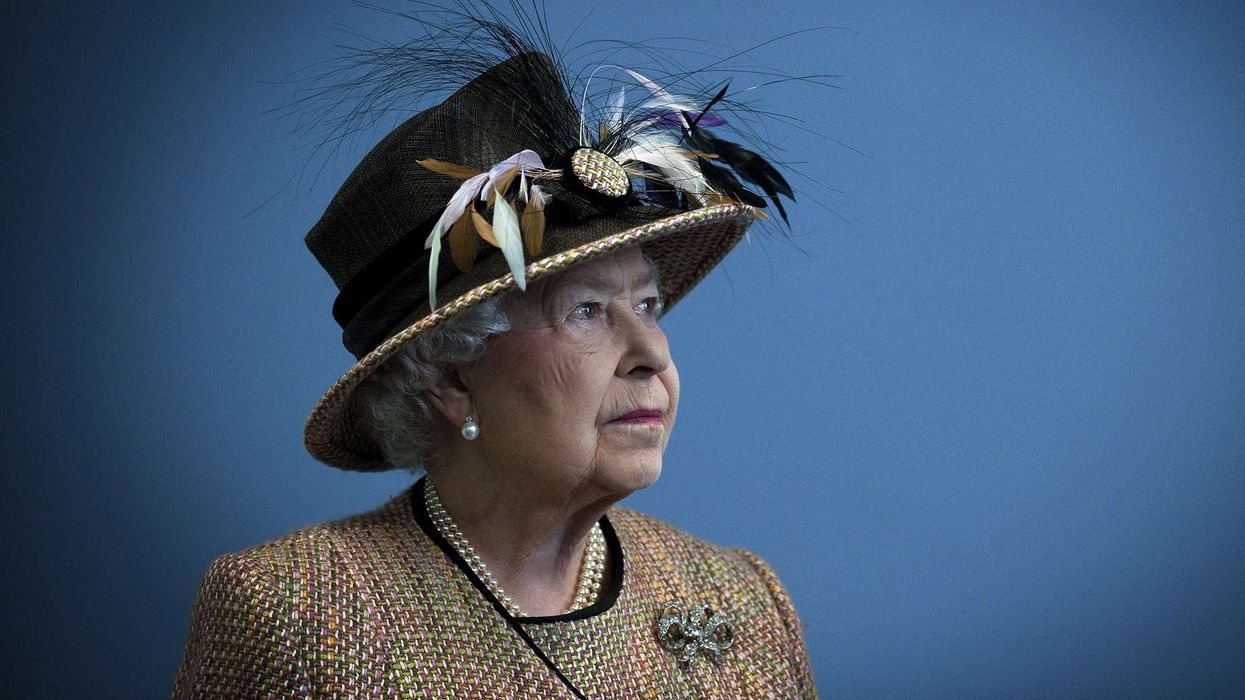The global nursing workforce has grown by nearly two million over the past five years, yet major disparities in distribution continue to impede progress towards universal health coverage (UHC) and global health goals, according to the State of the World’s Nursing 2025 report released on 12 May by the World Health Organization (WHO), International Council of Nurses (ICN), and partners.
As of 2023, there are 29.8 million nurses worldwide, up from 27.9 million in 2018. The report also notes a decline in the global nursing shortage, from 6.2 million in 2020 to 5.8 million in 2023. However, the report cautions that the improvements are not evenly shared across regions and income levels, leaving many low- and middle-income countries struggling with persistent shortfalls.
A striking imbalance in nurse distribution persists: 78 per cent of the world’s nurses are based in countries that account for just 49 per cent of the global population. High-income nations host nearly half the global nursing workforce, despite representing only 17 per cent of the world’s population. This concentration has raised concerns that many countries are being left behind, particularly in Africa and the Eastern Mediterranean, where shortages are expected to remain critical.
The WHO forecasts a continued reduction in the global nursing shortage, projecting a shortfall of 4.1 million by 2030. However, almost 70 per cent of this gap is expected to be concentrated in the African and Eastern Mediterranean regions, which could seriously undermine healthcare delivery and preparedness for future health emergencies.
Low-income countries are seeing faster growth in nurse graduate numbers, yet many face challenges in translating this into increased nurse availability. Factors such as rapid population growth, limited job creation, and restricted resources mean these countries are unable to retain and integrate newly qualified nurses into the workforce. The report urges governments to prioritise domestic investment in health systems to ensure graduate absorption and improve employment conditions.
Meanwhile, high-income countries are experiencing a demographic shift in their nursing workforce. Around 19 per cent of nurses globally are expected to retire within the next decade. In some high-income nations, retirements are likely to exceed new entrants, raising the risk of workforce gaps and reduced mentoring capacity for younger nurses.
International migration continues to play a key role in shaping nursing workforces. Globally, one in seven nurses is foreign-born, with high-income countries depending on international recruitment for nearly a quarter of their workforce. By contrast, foreign-born nurses make up only 1–8 per cent of the workforce in lower-income countries. The report calls for stronger bilateral agreements to ensure ethical recruitment and mutual benefits for both source and destination countries.
Gender equity remains a central concern. Women comprise 85 per cent of the global nursing workforce, yet opportunities for advancement and leadership remain limited in many settings. While 82 per cent of countries report having a senior government nursing officer, only 25 per cent of low-income countries offer structured leadership development programmes for nurses.
The report also highlights progress in recognising advanced nursing roles, with 62 per cent of countries now reporting the existence of such positions, up from 53 per cent in 2020. Advanced practice nurses have been shown to enhance access to care, particularly in underserved areas.
Mental health and wellbeing support for nurses remains inadequate. Despite increased workloads and stress during the COVID-19 pandemic, only 42 per cent of countries surveyed have formal provisions for mental health support. The lack of such measures is seen as a barrier to retaining experienced staff and ensuring quality care.
The State of the World’s Nursing 2025 report sets out key policy recommendations for the 2026–2030 period. These include expanding and equitably distributing nursing jobs, aligning education systems with workforce needs, improving pay and working conditions, and strengthening regulation and leadership. Additional priorities focus on preparing nurses for digital healthcare delivery, addressing gender pay gaps, and supporting those working in conflict zones and climate-affected areas.
Pam Cipriano, President of the ICN, said the report served as an “important milestone” in tracking global efforts to strengthen nursing. “Delivering on UHC depends on recognising the true value of nurses and empowering them to lead health system improvements,” she said.
WHO Director-General Dr Tedros Adhanom Ghebreyesus welcomed the progress but warned that deep inequalities persist. “This report is a guide to where we are and what we must do next,” he said. “Countries must act quickly to close the gaps and support the nursing workforce.”
The report draws on data from 194 countries and is part of WHO’s efforts to monitor and strengthen the global health workforce as part of the push to meet the Sustainable Development Goals by 2030.














